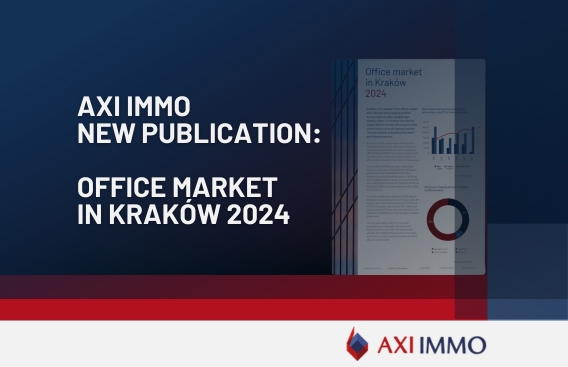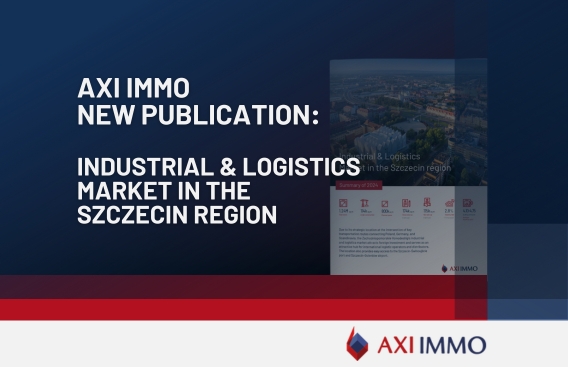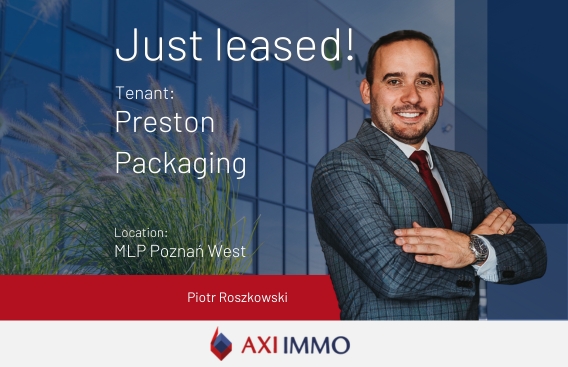Savings on warehouse space – where to look?
When renting warehouse space it is worth paying attention to several factors that will have a significant impact on the effectiveness of the space and its optimisation in terms of operational and financial performance. Among the highlights worth mentioning.

Location
When choosing a location it is worth paying attention not only to access to a motorway or expressway but also the access road to the warehouse park. It sometimes happens that a site with good visibility from a main road has a poor access road. Heavy goods vehicles have to add several more kilometres to their journeys to reach the warehouse. When choosing a new logistics centre, consideration should also be given to the unemployment level in the region. Poor availability of employees generates higher costs related to employment and frequent rotation of staff, which negatively affects a company’s ongoing business.
Another important issue is public transport access to a logistics park for employees. A lack of public transport means that a tenant has to organise transport or additional parking for staff, which always generates additional costs.
Technical specifications
In addition to the location, the technical parameters of a leased site are important. The most effective spacing of columns currently used by developers in new buildings is 12 x 22.5 m. This arrangement allows the optimum spacing of racks. Another innovation that is forcing changes in the organisation of warehouses is the docking zone, which ranges from 14 to 18 m; this has significantly increased in comparison with projects from several years ago. The number of docks and gates intended for a storage module should also be borne in mind. Their number depends on the specific nature of the operation, but market trends show that fairly shallow modules with plenty of docks are the most effective.
Rent and service charge
The basic costs of renting warehouse space are the rent, service charge and charges for utilities. The rent is the highest cost component. We can distinguish between base and effective rents. The base rent is the basic rental rate for warehouse space calculated on a monthly basis. The effective rent is the basic rent less rent holidays and other financial exemptions offered by the developer. It is worth noting that annual rent indexations are calculated from the base rate. In most cases, it is good if the difference between the effective rate and the base rate is small. In addition, the method by which developer incentives will be “consumed” should be determined – it is possible to use them all at the beginning of a rental period or distribute them over the entire duration of the contract. The choice will depend on the tenant’s business strategy.
Another financial component of costs in which it is worth looking for savings is the service charge. The service charge includes such items as the cost for the management of communal areas, snow removal, monitoring, security and local taxes. Property taxes account for over 50% of the service charge. Therefore, in the case of renting in a new building at the end of the year, it is worth postponing the start of a contract to January 1, because warehouse facilities are exempt from property tax in the first year.
The last financial element are the fees for utilities. The most commonly applied method for calculating them, but also the most cost-effective, are sub-meters. As a large user of utilities, it is worthwhile for tenants to require that property managers negotiate a good rate for the supply of electricity, gas and water. As a result of a well conducted tender, a tenant can receive up to 20-30% lower rates.
Recent articles
24 March 2025
Office market in Kraków 2024, Poland, publication by AXI IMMO, 2025 March – Analysis, trends, forecasts
Kraków is the leader of regional office markets – tenant activity is growing. AXI IMMO's special publication on Office market in Krakow in 2024, Poland includes an analysis of supply, demand, rental rates, as well as trends and forecasts on the Krakow office market in 2025 and 2026.
19 March 2025
AXI IMMO presents report: Industrial & Logistics Market in the Szczecin region. Summary of 2024, north-west Poland
Zachodniopomorskie Voivodeship – A logistics hub with growth potential
11 March 2025
The packaging manufacturer Preston Packaging is set to join the tenants at MLP Poznań West, Poland, advises AXI IMMO
Preston Packaging in a modern hall tailored to its needs.
7 March 2025
Tomasz Michalczyk appointed as Head of Office Agency at AXI IMMO
AXI IMMO Group strengthens its position as the largest Polish commercial real estate advisory firm by entering 2025 with a new Head of the Office Agency.



